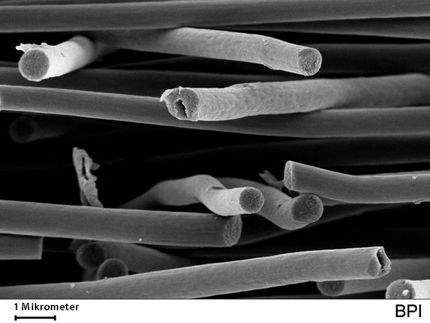The secrets of vibration-enhanced conductivity in graphene
Advertisement
graphene, the one-atom-thick material made of carbon atoms, still holds some unexplained qualities, which are important in connection with electronic applications where high-conductivity matters, ranging from smart materials that collectively respond to external stimuli in a coherent, tunable fashion, to light-induced, all-optical networks. Materials like graphene can exhibit a particular type of large-amplitude, stable vibrational modes that are localised, referred to as Discrete Breathers (DBs). The secret to enhancing conductivity by creating DBs lies in creating the external constraints to make atoms within the material oscillate perpendicular to the direction of the graphene sheet. Simulations-based models describing what happens at the atomic level are not straightforward, making it necessary to determine the initial conditions leading to the emergence of DBs. In a new paper, Elham Barani from the Ferdowsi University of Mashhad, Iran, and colleagues from Russia, Iran and Singapore use a systematic approach to identify the initial conditions that lend themselves to exciting DBs in graphene, ultimately opening the door to understanding the keys to greater conductivity.
The authors first used simulations to understand the dependency of the amplitude of the DB vibrations on the frequency of oscillations. Barani and colleagues then established the dynamic equations describing the vibrating motion of the atoms in graphene and the influence of external energy potentials. They discovered that there is exactly one solution to the equation corresponding to the emergence of DB excitations, which is dictated by the regular symmetry of graphene.
The most surprising finding of this study is that the solution describing the conditions for triggering DBs is not affected by the amplitude of the vibrational mode. Nor does the type of interatomic energy potentials used in the simulations to model the external constraints on the atomic lattice alter how to best induce DBs. These findings offer a valuable theoretical basis for future experimental work.
Original publication
Other news from the department science

Get the chemical industry in your inbox
By submitting this form you agree that LUMITOS AG will send you the newsletter(s) selected above by email. Your data will not be passed on to third parties. Your data will be stored and processed in accordance with our data protection regulations. LUMITOS may contact you by email for the purpose of advertising or market and opinion surveys. You can revoke your consent at any time without giving reasons to LUMITOS AG, Ernst-Augustin-Str. 2, 12489 Berlin, Germany or by e-mail at revoke@lumitos.com with effect for the future. In addition, each email contains a link to unsubscribe from the corresponding newsletter.

































































